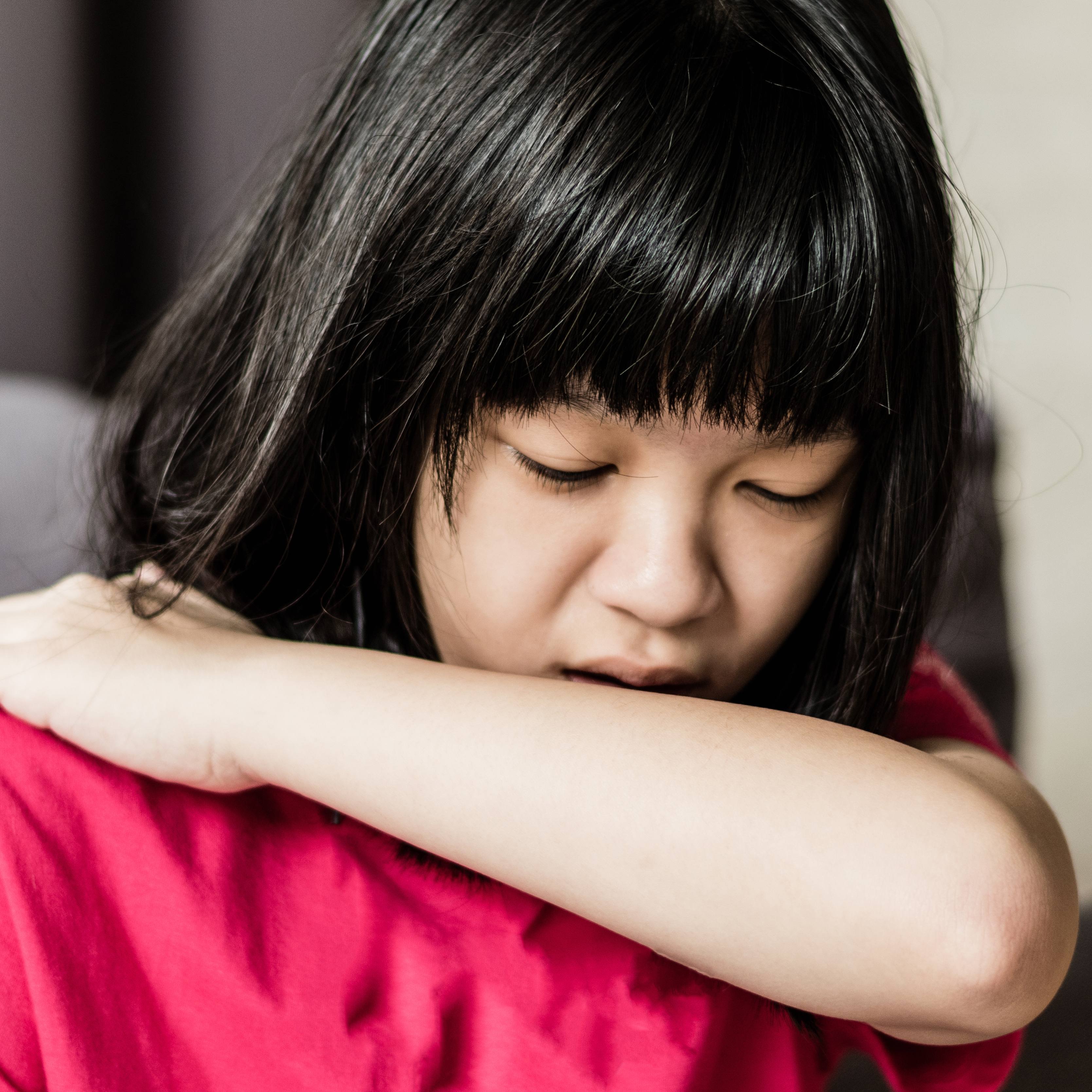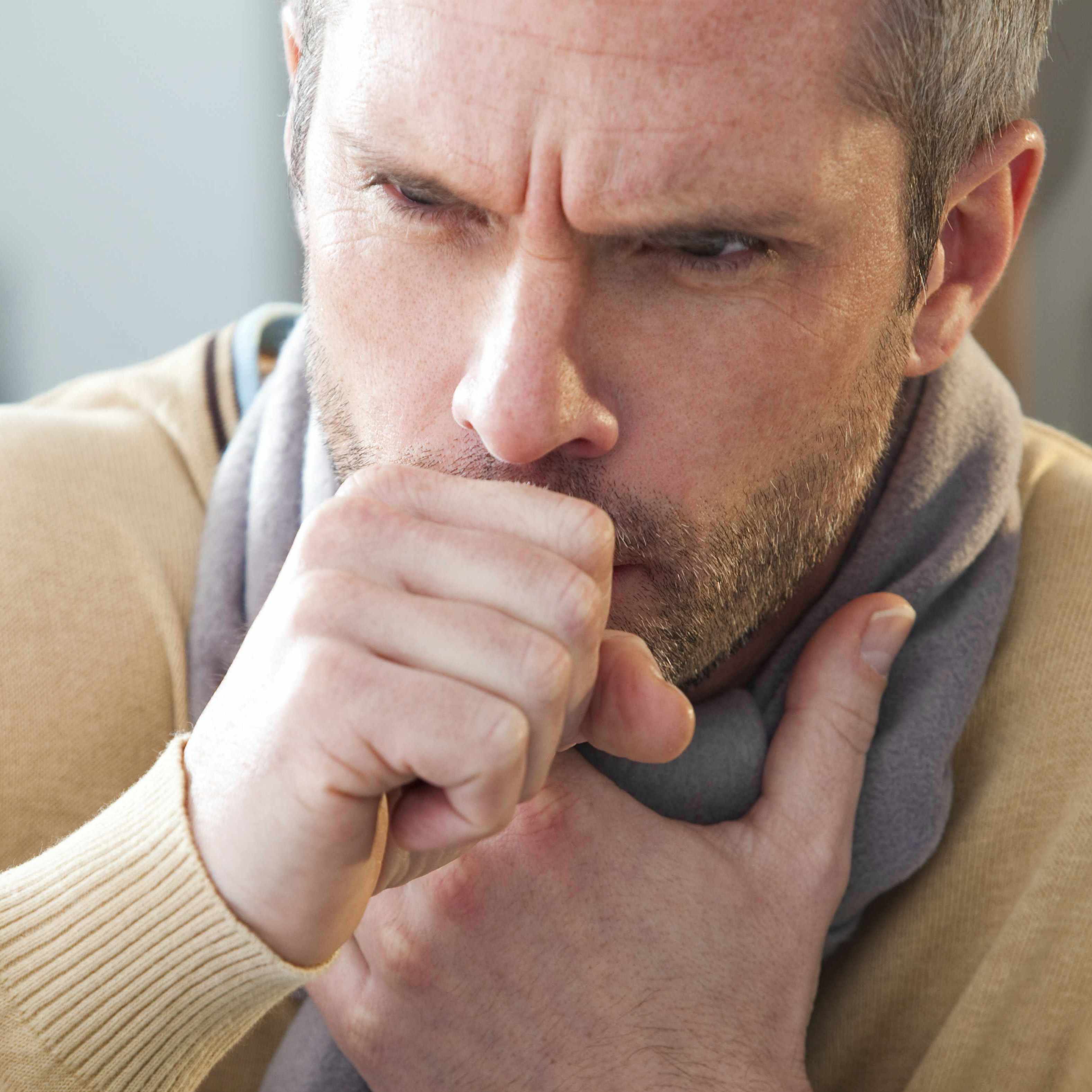-
COVID-19
Science Saturday: The new super power of hand-washing
Researchers are hard at work identifying ways to help patients with COVID-19, which is caused by the SARS-CoV-2 virus. But in the meantime, one common household object can be used to help prevent infection.
Soap.
Good old soap, the Clark Kent of clean, is really the superhero fatty acid salt, the Superman of clean. Soap is made from a reaction between a fat, and either sodium hydroxide (lye), or potassium hydroxide (caustic potash). When these substances combine, they form a substance that is both attracted to water and repelled by it.
The part that is repelled by water is attracted to oil — naturally occurring on your hands, from whatever you were doing, such as eating, and what's found in the protective envelope around some viruses. You can see this when you put water and oil together. It naturally separates into two layers. But when you add dish soap, and swish it around, the layers blend. The molecules of soap are attracted to the oil/fat, causing the layer to bead up into droplets.
SARS-CoV-2 consists of viral RNA surrounded by a lipid/fat membrane called a lipid envelope. Embedded in that envelope are proteins that help the virus enter into human cells. When you wash your hands, soap molecules wedge their way into the envelope, surrounding the virus. One part of the soap molecules is attracted to the lipids and gathers around each one, completely surrounding it in a structure called a micelle. The outer end of the soap molecules is attracted to water, and this keeps the micelle and its viral captive moving as the soap is washed away in the water from the faucet.

Learn how to properly wash your hands in this Mayo Clinic Minute video.
—Sara Tiner, April 1, 2020







